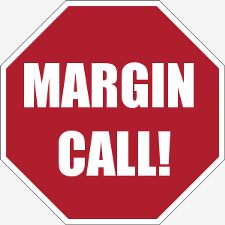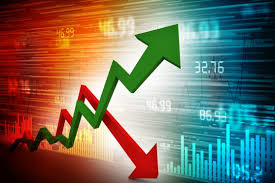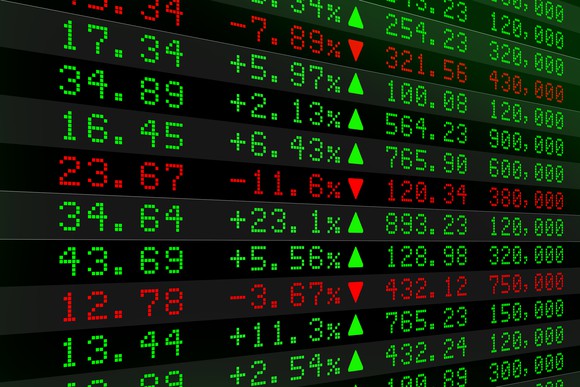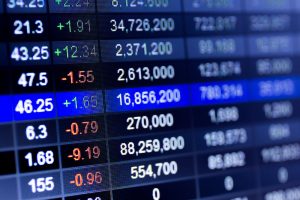The main risks that come with margin trading are these.
1.Rate risk and interest charges
Every margin account has a rather high-interest rate. Over time, the interest cost on your margin debt can add up. This occurrence can make your gains on margined securities significantly smaller, as it can erode them. Another thing that’s important to know is the fact that interest rates on margin debt aren’t fixed. These can fluctuate during the period when you (the investor) have margin debt. In this environment where the interest rate is rising, margin loan interest rates will go even higher. In the end, this will add to the interest burden for every investor that’s engaged in margin trading. That’s why you need to pay close attention to interest rates if you don’t want them to “eat” your gains.
2. Amplified losses risk
Margin trade can increase gains, but unfortunately, it can also increase losses. We’ll explain how is it can happen to lose over 100% of what you initially invested during margin trading.
So, for instance, you invest $10,000 without a margin and buy 100 stocks at $100 each. If shares fall to $50 after six months, your stocks will be worth $50 dollars each, and your share sale proceeds will be $5,000. This way, you only lose 50% of your initial investment. Not great, but you’re not in the red yet.
On the other hand, if you made a margin investment of $10,000 on those same $100 stocks, and bought 200 shares, you’ll lose a lot more. If shares fall to $50 after six months, your share sale proceeds will be $10,000, the interest on margin loan that’s 8.5% will amount to $425. In the end, you won’t just lose your entire investment. You will be in debt to your brokerage for another $425, or another 4.25%.
Even worse, if the security you bought takes a plunge and drops to zero instead of 50, the loss comes to $20,425. Your investment return would be minus two hundred and four percent. In the worst case scenario like this, you wouldn’t just lose your entire investment; you would also have to repay your $10,000 margin loan as well as the interest that’s $425.
If you owe to your broker, you need to repay it in full, as this debt binds you just like a debt to a bank or any other institution.
3. Margin call
If you bought stock on margin, and it suddenly has a sharp plunge (or if you were short selling, if that stock suddenly peaks in price), you’ll have to meet the margin call. This is the point where you’ll have two choices. Either to provide a lot of money or some marginable security at a very short notice. That’s why you need to have a backup at all times.
4. Forced selling
If you are unable to meet the margin call, your brokerage is able and it will sell those margined stocks without notifying you. If the market’s plunging, a forced liquidation like this might mean that your position will be sold at most unfavorable moment possible. This can generate a serious loss. Even worse, if those margined stocks eventually recover, all of this would’ve been for nothing. Unnecessary whipsawing.
5. Additional vigilance while monitoring an account or a portfolio
If you want to get into margin trading, it requires additional vigilance while you monitor the margin portfolio or account. This will ensure that your margin doesn’t fall under a certain level. When the market is especially volatile, doing this will be incredibly stressful.







